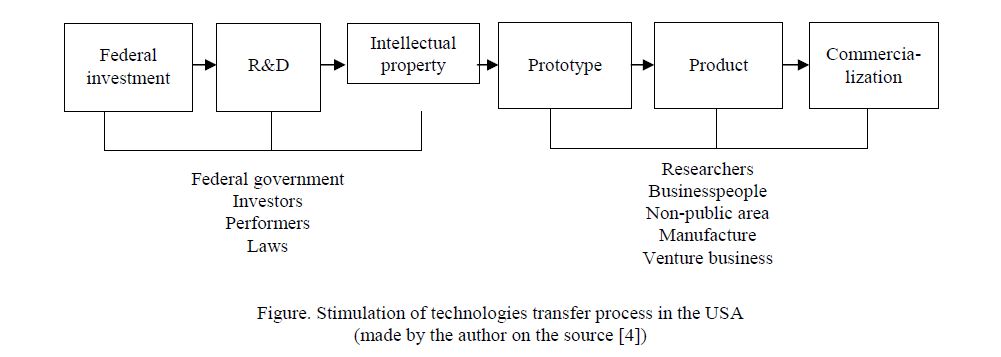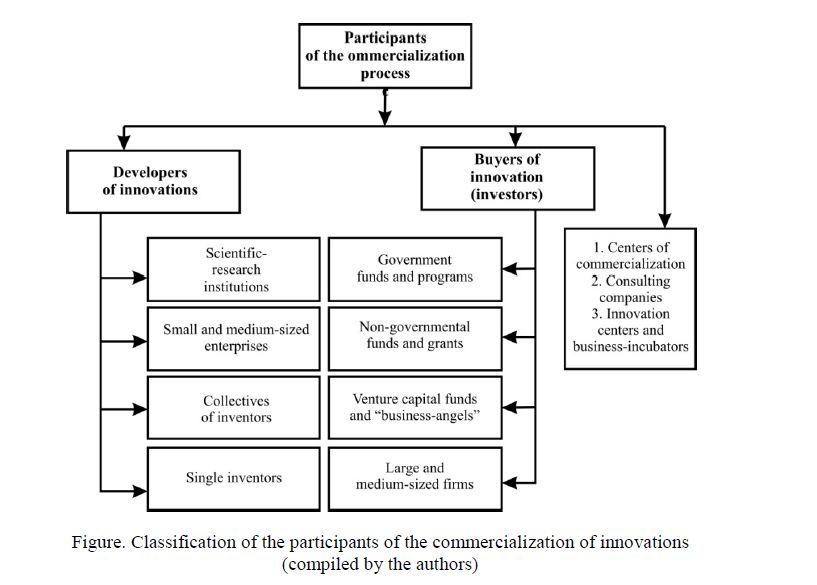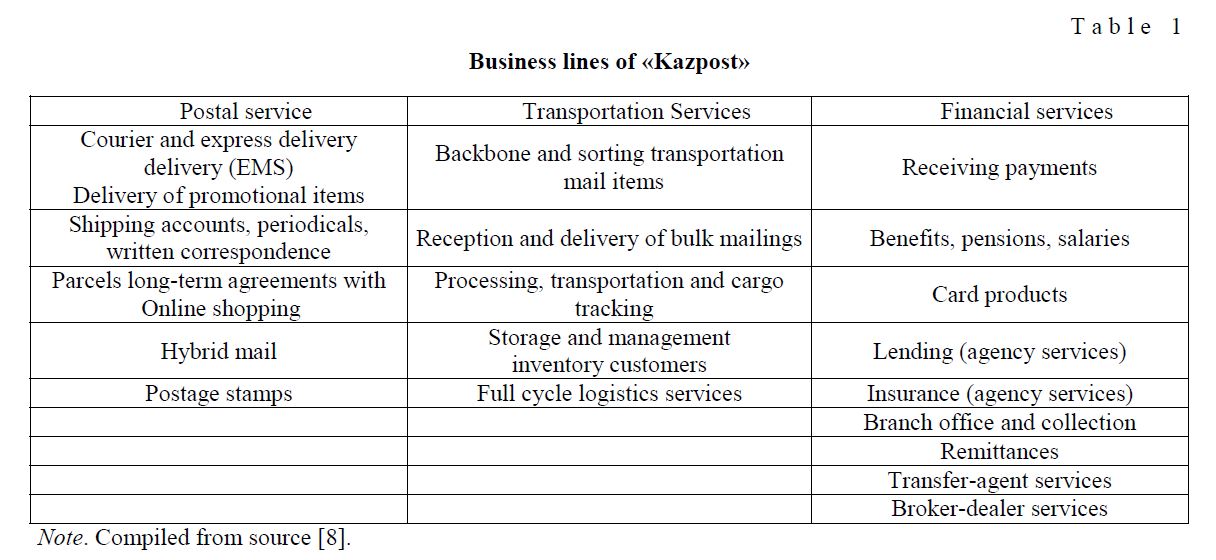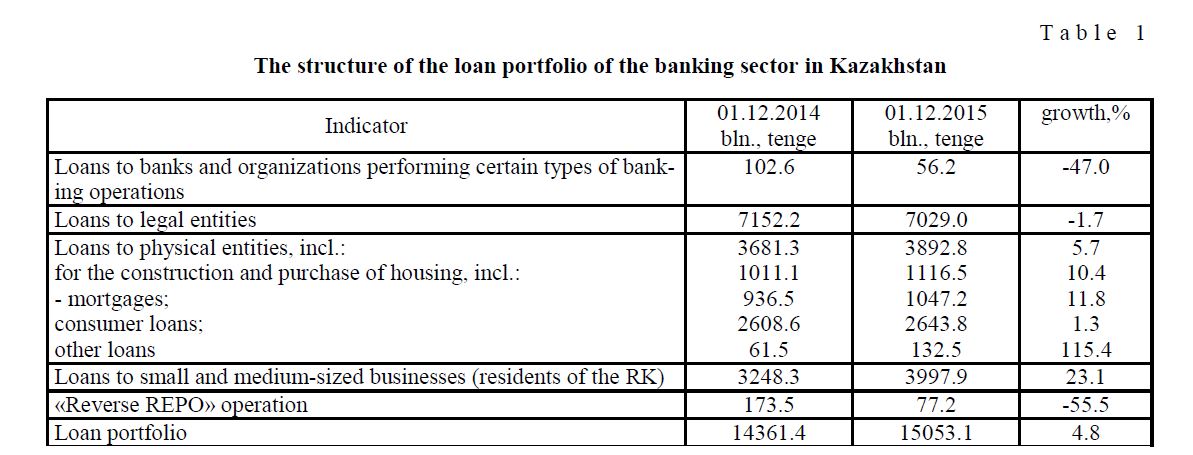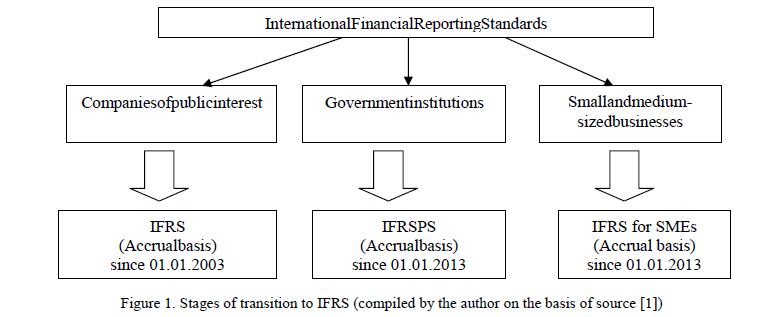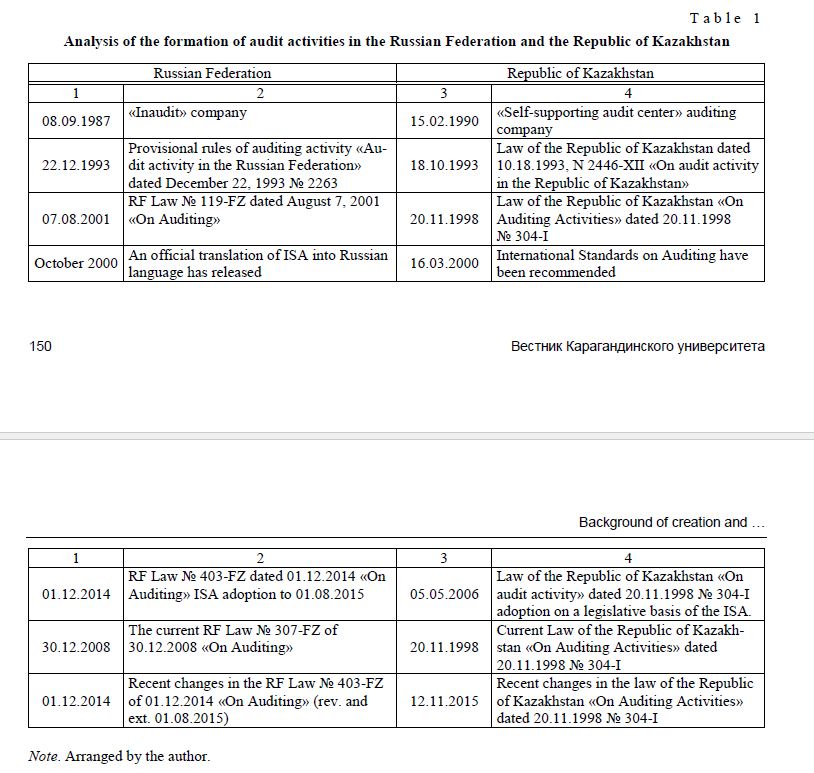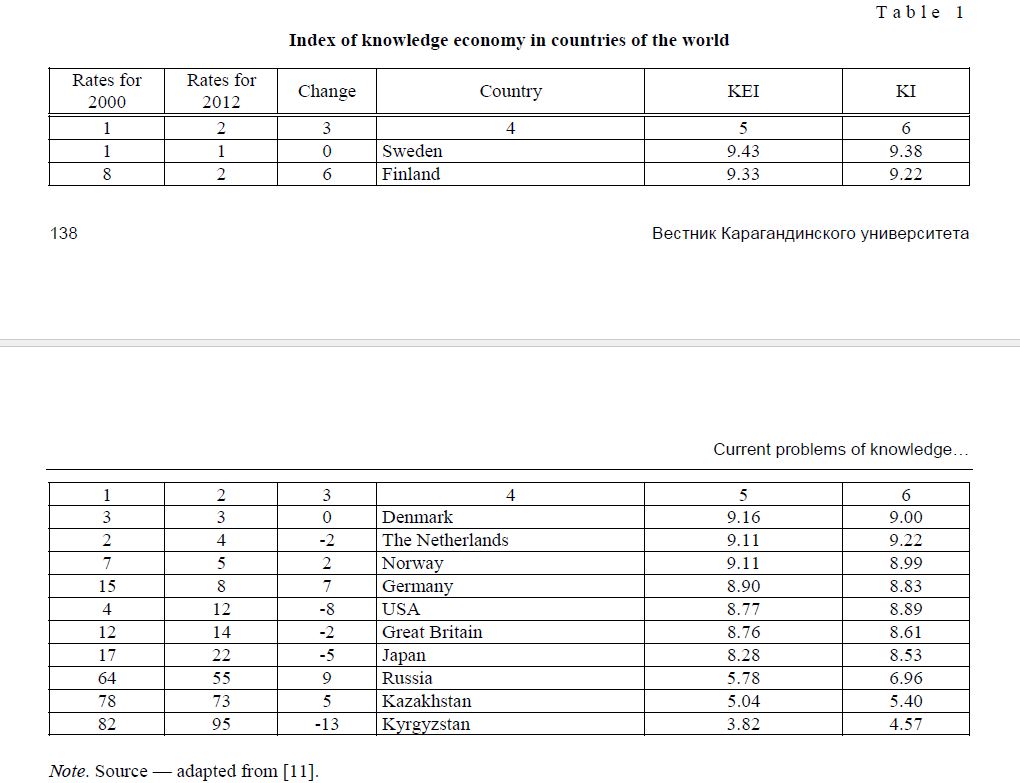Foreign experience of stimulation of innovative activity of enterprises
The article considers the foreign experience of stimulation of innovation activity in the business sector. The direct and indirect incentive mechanisms are considered. The great attention is given to the analysis of tax incentives, such as tax privileges and the tax credit. They play an important role in enhancing the innovative activity of enterprises, because provide a choice of priorities of innovation to the private sector and do not require large administrative costs. Methods of indirect incentives are widely used in the USA, Canada, Japan and most European Union countries. Each country forms its own combination of these mechanisms depending on the requirements of the economy and the priorities of innovation development.
2016
D.A.Sitenko, S.K.Yerzhanova
